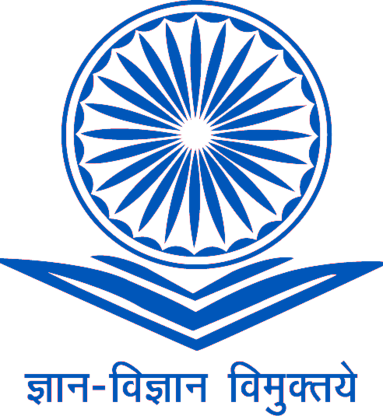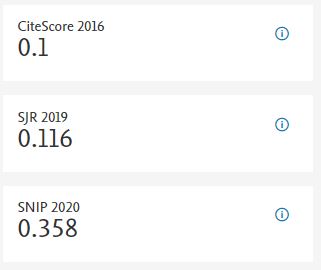Landsat 8 Imagery Insights: A Study on Barara Tehsil's Land Use and Cover, March 2018
Abstract
This research elucidates the Land Use and Land Cover (LULC) patterns of Barara Tehsil in Ambala District, Haryana, as of March 2018. Distinct from mere physical manifestations, LULC offers a blend of terrestrial attributes and their human induced utilization, significantly reshaping local ecological and socio-economic prospects. Utilizing satellite imagery from the Landsat 8 Operational Land Imager (OLI) and sound methodologies including preprocessing and supervised classification techniques, the study delineates Barara's terrestrial configuration. Findings indicate that croplands overwhelmingly dominate, occupying 73.71% of the area, reflecting Barara's strong agrarian character and socio-economic dependency on agriculture and allied activities. While built-up and bare land areas comprise around 12% each, revealing socio-economic growth pathways and potential conservation zones, the region's water bodies and vegetation are relatively small, encompassing only 0.1% and 2.13% respectively. Despite their limited expanse, these areas play a critical role in ecological diversity, groundwater recharge, and local livelihoods. Such LULC insights, combined with Barara's socio-economic metrics and geographical position within Ambala District, emphasize the need for viable and sustainable developmental strategies. The study highlights the paramount importance of a holistic understanding of LULC patterns in policy-making, resource management, and the fostering of sustainable human-environment dynamism














